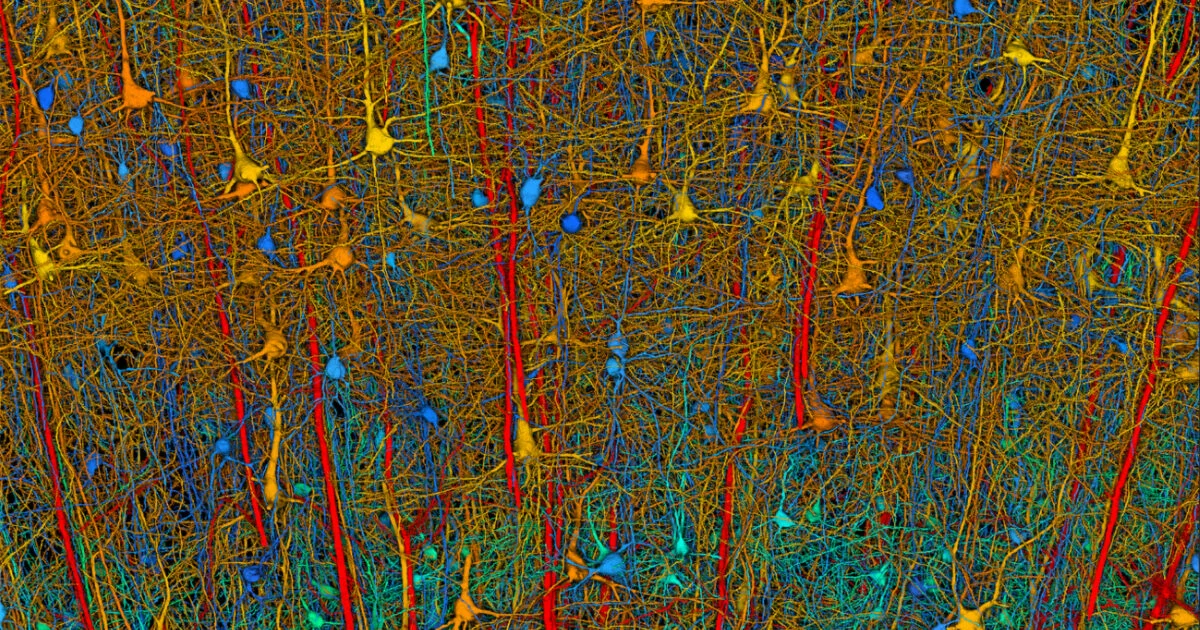A Harvard neuroscientist, Jeff Lichtman, is seeking to capture synapse-level connectome data from a mouse brain in an effort to understand the complex neural connections within the brain. Lichtman and a team of scientists from Princeton University, MIT, Cambridge University, and Johns Hopkins have received $30 million from the National Institutes of Health (NIH) and an additional $3 million from Harvard and Princeton to reconstruct the neural wiring inside a mouse brain at an unprecedented level of clarity and resolution.
The mouse brain project is part of Lichtman’s larger goal to create a whole-mammalian brain map, or connectome, which would account for every neural connection in the brain. Similar to the Human Genome Project, which cataloged every human gene and its unique DNA sequence, Lichtman’s connectome would provide a comprehensive diagram of the neural connections in the brain. This could have significant implications for diagnosing and treating brain disorders, such as autism and schizophrenia, which scientists believe are caused by miswirings in the brain that cannot be detected by current brain scans.
The NIH awarded the Harvard team funding through the BRAIN Initiative Connectivity Across Scales network, which aims to develop research capacity and technical capabilities for creating wiring diagrams of whole brains. Current techniques lack the resolution and ability to map out large regions of the entire brain, making it essential to develop new tools for understanding the mysteries of the brain.
The mouse brain is smaller than a human brain, but the level of cells and synapses is the same across mammalian brains, according to Lichtman. Recent advances in computing and data processing have made it more feasible to map the mouse brain, which would serve as a proving ground for imaging the human brain.
To achieve their goals, Lichtman and his team will use biological imaging techniques they have developed over several decades. They will employ two 91-beam scanning electron microscopes to capture images of thin sections of the mouse hippocampal formation, responsible for memory consolidation and spatial navigation. The surface of each section will then be etched away with an ion beam, and the imaging process will be repeated until the entire volume is viewed. Google Research will computationally extract the resulting wiring diagram using machine learning.
The project is expected to generate about 10,000 terabytes of data for their 10-square-millimeter mouse brain section. Over the course of the five-year project, Lichtman’s team expects to generate up to 50 terabytes of data per day. They will collaborate with engineers from Google to apply artificial intelligence algorithms to categorize and color-code nerve cells and synapses, as well as share the brain map with the public.
Overall, Lichtman’s efforts to create a connectome of the mouse brain could revolutionize our understanding of the brain and lead to new approaches in diagnosing and treating brain disorders. By mapping the neural connections in the brain, scientists could gain a deeper insight into the underlying causes of these disorders and potentially develop more targeted therapies.
Note:
1. Source: Coherent Market Insights, Public sources, Desk research
2. We have leveraged AI tools to mine information and compile it




